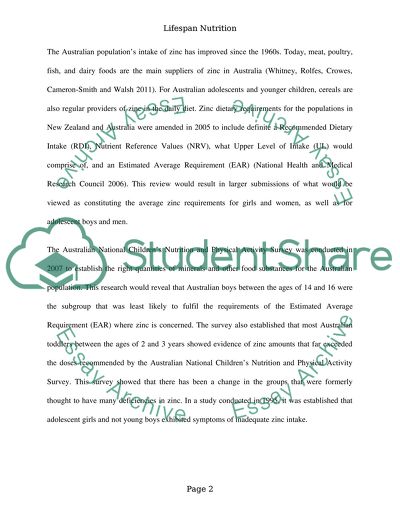Cite this document
(“Zinc Requirements for Teenagers and Children Essay”, n.d.)
Zinc Requirements for Teenagers and Children Essay. Retrieved from https://studentshare.org/health-sciences-medicine/1484945-lifespan-nutrition
Zinc Requirements for Teenagers and Children Essay. Retrieved from https://studentshare.org/health-sciences-medicine/1484945-lifespan-nutrition
(Zinc Requirements for Teenagers and Children Essay)
Zinc Requirements for Teenagers and Children Essay. https://studentshare.org/health-sciences-medicine/1484945-lifespan-nutrition.
Zinc Requirements for Teenagers and Children Essay. https://studentshare.org/health-sciences-medicine/1484945-lifespan-nutrition.
“Zinc Requirements for Teenagers and Children Essay”, n.d. https://studentshare.org/health-sciences-medicine/1484945-lifespan-nutrition.


